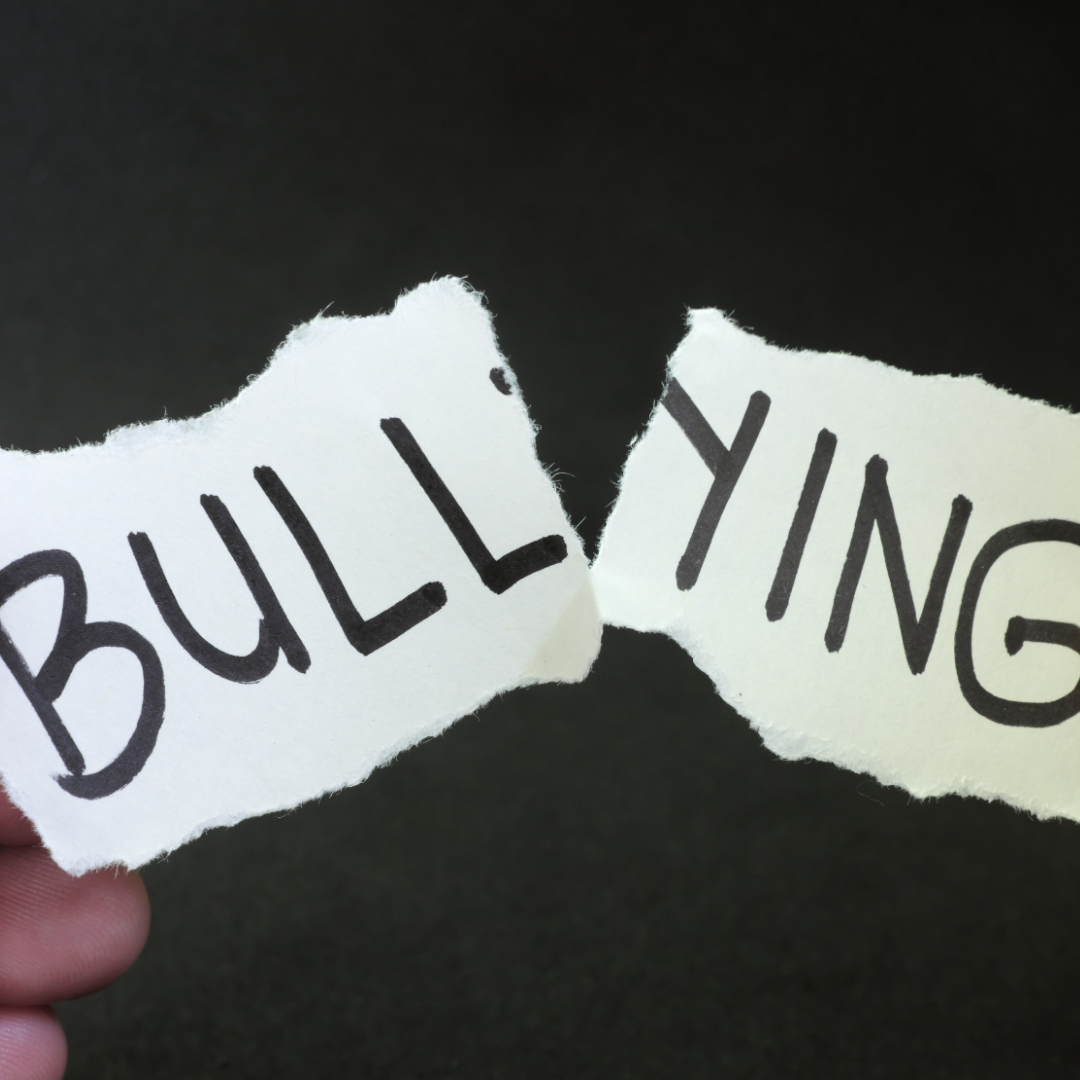In the intricate tapestry of the modern workplace, addressing the repercussions of bullying is not just a matter of corporate responsibility—it's a collective commitment to building a healthier and more respectful professional environment. This blog post explores the intricate dynamics of workplace bullying, recognizing its impact on bystanders, targets, and even the perpetrators themselves. Traditional interventions may fall short, and that's where harm reduction strategies come into play, offering a more effective and compassionate approach to mitigate the traumatic effects.
Understanding the Impact:
Bystanders: Those unwittingly drawn into the bullying dynamic are not impervious to the emotional toll it takes. Feelings of helplessness, guilt, and anxiety can accompany their involvement, affecting not only their professional trajectory but their overall well-being.
Targets: Individuals subjected to workplace bullying endure both physical and mental health challenges, extending beyond the professional realm. Stress, anxiety, and depression become unwelcome companions, impacting both their reputation and personal well-being.
Bullies: While bullies may experience short-term gains through their actions, the toll on their organizational reputation hampers professional growth. Resorting to bullying tactics often results in them becoming unpopular figures in the workplace, hindering their long-term success.
Implementing Harm Reduction Strategies:
Recognizing that traditional methods may not always be effective, harm reduction strategies empower individuals to mitigate the traumatic effects of workplace bullying. These approaches may not entirely stop the bullying, but they significantly reduce the impact for both bystanders and targets.
1. Practical Approaches to Minimize the Impact:
· Mindfulness and Relaxation Techniques:
· Engage in mindfulness meditation to remain present and centered.
· Employ deep breathing exercises to calm the nervous system during stressful situations.
2. Self-Awareness:
· Cultivate heightened awareness of emotional triggers and responses.
· Identify effective ways to manage emotions and respond in a manner that reduces the likelihood of escalating the bullying.
3. Setting Boundaries:
· Clearly articulate and communicate personal boundaries.
· Practice assertive responses to reinforce these boundaries.
4. Taking Breaks:
· Step away when emotions become overwhelming.
· Utilize short breaks to regain composure and perspective.
5. Focus on What You Can Control:
· Identify aspects of the situation that you can control, such as your responses and behaviors.
· Develop neutral responses to de-escalate the situation when confronted by a bully.
Cultivating a workplace culture focused on well-being and mutual respect requires dedication to implementing and supporting harm reduction strategies. By collectively embracing these approaches, we strengthen our community against the negative impacts of workplace bullying, fostering a safer and healthier professional environment. Explore helpful resources on addressing workplace bullying at https://stopbullyculture.com/resources
Understanding the Impact:
Bystanders: Those unwittingly drawn into the bullying dynamic are not impervious to the emotional toll it takes. Feelings of helplessness, guilt, and anxiety can accompany their involvement, affecting not only their professional trajectory but their overall well-being.
Targets: Individuals subjected to workplace bullying endure both physical and mental health challenges, extending beyond the professional realm. Stress, anxiety, and depression become unwelcome companions, impacting both their reputation and personal well-being.
Bullies: While bullies may experience short-term gains through their actions, the toll on their organizational reputation hampers professional growth. Resorting to bullying tactics often results in them becoming unpopular figures in the workplace, hindering their long-term success.
Implementing Harm Reduction Strategies:
Recognizing that traditional methods may not always be effective, harm reduction strategies empower individuals to mitigate the traumatic effects of workplace bullying. These approaches may not entirely stop the bullying, but they significantly reduce the impact for both bystanders and targets.
1. Practical Approaches to Minimize the Impact:
· Mindfulness and Relaxation Techniques:
· Engage in mindfulness meditation to remain present and centered.
· Employ deep breathing exercises to calm the nervous system during stressful situations.
2. Self-Awareness:
· Cultivate heightened awareness of emotional triggers and responses.
· Identify effective ways to manage emotions and respond in a manner that reduces the likelihood of escalating the bullying.
3. Setting Boundaries:
· Clearly articulate and communicate personal boundaries.
· Practice assertive responses to reinforce these boundaries.
4. Taking Breaks:
· Step away when emotions become overwhelming.
· Utilize short breaks to regain composure and perspective.
5. Focus on What You Can Control:
· Identify aspects of the situation that you can control, such as your responses and behaviors.
· Develop neutral responses to de-escalate the situation when confronted by a bully.
Cultivating a workplace culture focused on well-being and mutual respect requires dedication to implementing and supporting harm reduction strategies. By collectively embracing these approaches, we strengthen our community against the negative impacts of workplace bullying, fostering a safer and healthier professional environment. Explore helpful resources on addressing workplace bullying at https://stopbullyculture.com/resources

